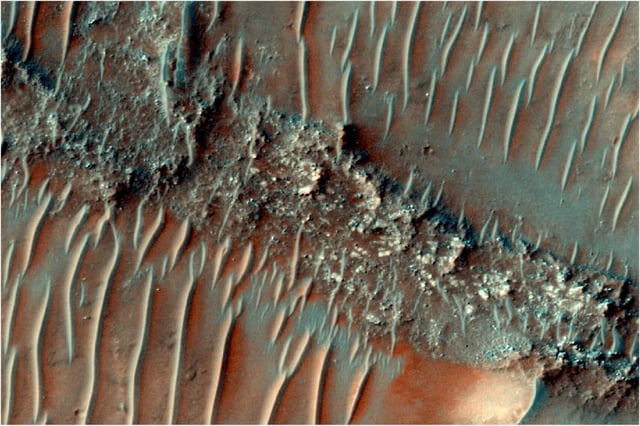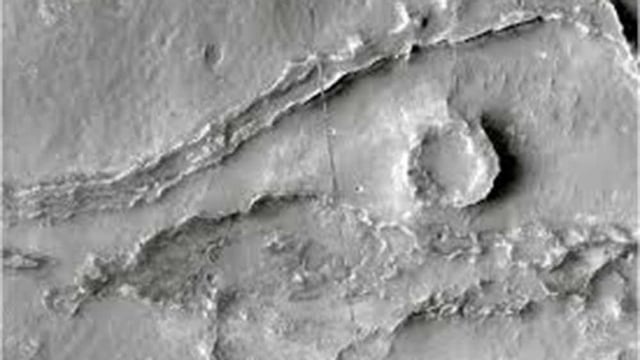Overview
- A team used high-resolution CTX, MOLA, and HiRISE data to map more than 15,000 kilometers of inverted fluvial channels in Noachis Terra.
- Identified sinuous ridges climb tens of meters above the surrounding terrain and extend for hundreds of kilometers, indicating sustained water flow.
- Spatial patterns suggest stable wet conditions from rainfall rather than brief melting events during the Noachian-Hesperian transition.
- Lead researcher Adam Losekoot presented the findings at the Royal Astronomical Society’s National Astronomy Meeting with support from the UK Space Agency.
- The discovery highlights Noachis Terra as a prime target for future missions seeking evidence of ancient Martian habitability.

